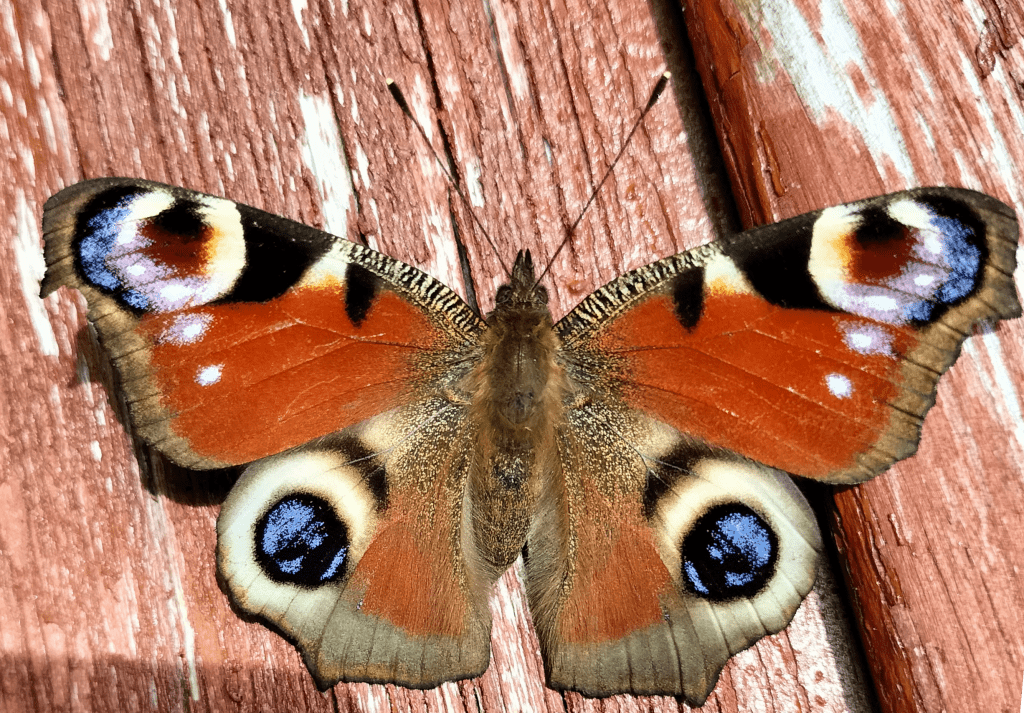Those of you who are now the owners of a Gard d'Apis Asian Hornet Trap may be just a little confused as to what to do next. Hopefully this helps.
Setting up the trap:
There is an excellent YouTube video here. There is another one here.
Where to put the bait:
One approach is to use a piece of kitchen sponge. Use one of those with a green scouring part - and cut that part of. Place the yellow sponge part in a little cup and gently pour in the bait. Note that these sponges are not the most absorbent and the bait should be poured in slowly.

The pictures above show the bait on a bit of sponge ready to go into the trap.
What bait to use:
One problem you may have is what to use as a bait. Trappit, formerly known as Suterra, is not readily available. I suspect that it is because it is stocked as a wasp bait and at this time of year there is not much call for wasp bait. So what do we use?
In the spring the Asian Hornet Queen is waking from a period of dormancy and her main requirement is carbohydrates. Only once she starts egg laying and rearing young will she require protein.
The National Bee Unit suggests a mixture of dark beer, strawberry desert sauce and orange liqueur. In practice it has been found that any sweet, smelly mixture will suffice. Alcoholic drinks seem to attract the Asian Hornet. I would go for a few mls of dark beer mixed with a few mls of wine and then add a sweet desert sauce. Do not under any circumstances use honey. If it is your own honey then there are better places to use it. If it is shop bought honey there is a very high possibility it was sourced from somewhere that has EFB or AFB. It is not worth the risk.


